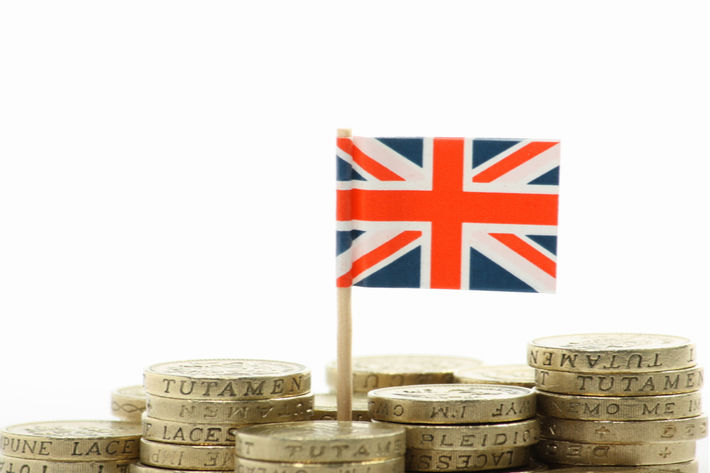
There are growing concerns that policy actions to combat inflation, if combined with further fallouts from geopolitical tensions, could bring about another recession.
KPMG has also developed an alternative scenario to capture some of the downside risks. The forecast models show a sharper deterioration in the external environment causing a recession in some of the UK’s major trading partners, together with a stronger fall in domestic consumer spending, could see the UK economy enter a mild recession next year, with a 1.5 per cent fall in GDP in the year between 2022 third quarter (Q3) and 2023 Q3.
Yael Selfin, chief economist at KPMG UK, commented on the report: “We expect growing external headwinds and weakening domestic momentum to see economic growth slow significantly over the next year, with a significant risk of a mild recession.
“Manufacturing and financial services look to be among the worst affected sectors in our downside scenario. Manufacturing could fall by 5.1 per cent in 2023 and 2.8 per cent in 2024 as the sector tends to be more export intensive, whereas financial services could also see significant losses from a downturn as it raises the potential for significant loan losses and write-offs, with output falling by 8.8 per cent and 2.5 per cent over the next two years.”
Household budgets have come under pressure as the high and persistent level of inflation erodes consumers’ purchasing power. Although support measures announced by the government have helped to mitigate the expected impact of higher energy bills for the lowest income households, overall household incomes are expected to fall by 0.8 per cent in real terms this year and 0.5 per cent in 2023, the report said.
KPMG’s new forecast sees average inflation over 2022 revised to 8.1 per cent, up from 7.9 per cent in its previous report. The peak in UK inflation is likely to lag that in some of the other major economies. Due to regulated energy prices being revised in October, the full impact on UK inflation will likely only materialise in the autumn, with the outlook remaining highly dependent on the evolution of future wholesale gas prices. Inflation will then begin to normalise from 2023 Q2 onwards and return to the Bank of England’s 2 per cent target in 2024 Q2.
The Bank of England has now raised interest rates at five consecutive policy meetings since December 2021, bringing Bank Rate to 1.25 per cent. However, rates are only expected to reach 1.75 per cent by the end of 2022, with a pause in the tightening cycle afterwards to prevent inflation running well below the 2 per cent target in the medium term.
Selfin concluded: “We expect supply issues to gradually ease during the course of this year, although headwinds in the form of a potential deterioration in Russian energy supply or further lockdowns in China as a result of its zero COVID policy could worsen the outlook. Combined with the pressures on household budgets, the Monetary Policy Committee will have to weigh the risk of high inflation spilling into pay growth against the risk of a recession. Facing such a trade-off, we think it is likely that the doves on the Committee could swing the balance towards a more gradual uplift than is currently priced in by the markets.”
ALCHEMPro News Desk (KD)
Receive daily prices and market insights straight to your inbox. Subscribe to AlchemPro Weekly!